The real dolls’ house and furniture that inspired The Miniaturist
Set in 17th Century Amsterdam and based on Jessie Burton’s best-selling novel, The Miniaturist aired recently on the BBC in two parts. This drama tells the story of a young girl called Petronella Oortman (played by Anya Taylor-Joy who we loved in The Witch) who is given a dolls’ house, a replica of their nine room home in miniature, as a wedding gift by her new husband the wealthy merchant Johannes Brandt.
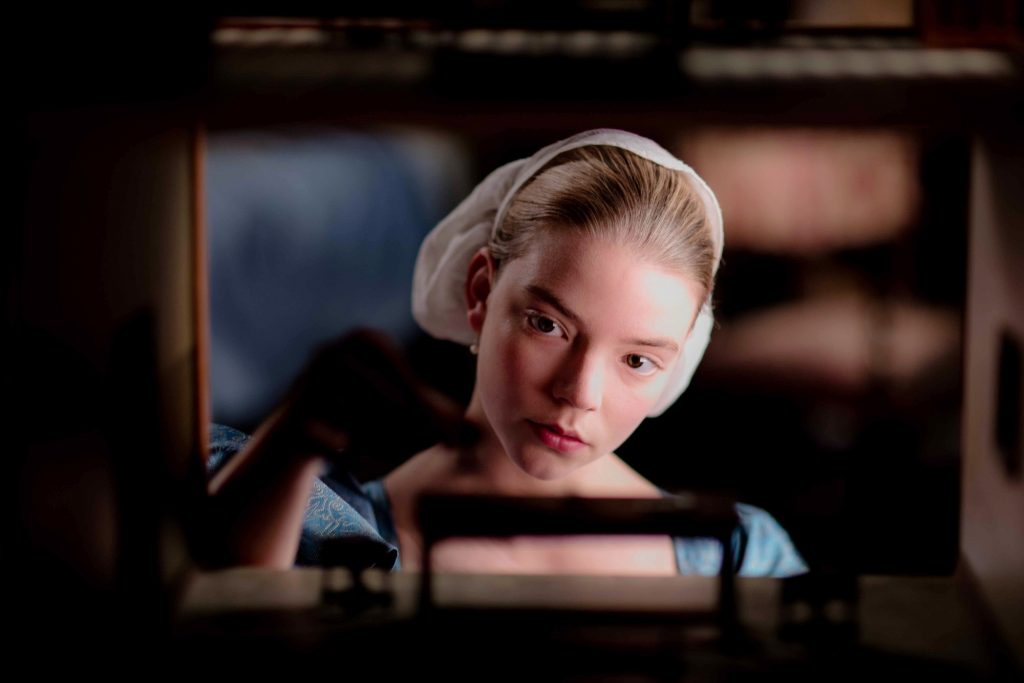
She orders some new realistic mini furniture for the dollhouse from a local specialist craftsperson – a miniaturist – but additional furniture for the miniature house mysteriously arrives and continues to do so throughout the story, each piece being identical replicas to the contents and people of her new home in the Gouden Bocht (Golden Bend) area of Amsterdam. These pieces of furniture eerily seem to predict the future.
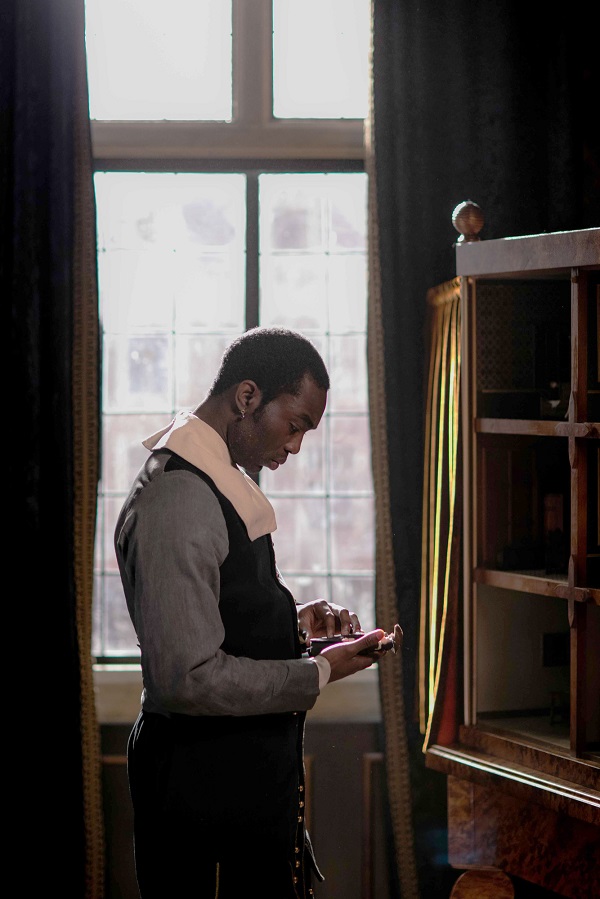
The story is based on a real miniature house. Burton was inspired to write the original book while on holiday in Amsterdam, where she discovered a fascinating dolls’ house in the Rijksmuseum owned by the real life Petronella Oortman. Hooked and inspired, she began to undertake extensive research on 17th-century Amsterdam, studying books, Dutch Golden Age paintings, maps and wills.

The real Nella was a wealthy widow by the time she married silk merchant Johannes Brandt and followed the fashion in Amsterdam in having a large cabinet built for her so that she could decorate it with expensive miniatures between 1686 and 1710. It cost her as much as a real house and would more than likely have been used as a way to show off and share her aspirations to friends and visitors rather than as a toy.
What makes Petronella Oortman’s dolls’ house so unusual is that all the pieces were made precisely to scale, in the same way and using the same materials as their regular counterparts. The real Petronella ordered her miniature porcelain from China and commissioned cabinetmakers, glassblowers, silversmiths, basket-weavers and artists to furnish her dolls’ house: an extremely expensive hobby. She was so proud of her house, she had it portrayed in a painting.
The house on display in the Rijksmuseum contains handmade wicker and upholstered furniture, sculpted ceiling reliefs, real marble flooring, tiny little plates, chairs, pillows, spinning wheels, baskets and fireplaces.
The dollhouse contains nine rooms and is about three times larger than the one we see on screen in The Miniaturist. The cabinet itself is made of tortoiseshell and decorated with pewter inlays by a French craftsman. Successful Dutch artists painted murals in the “game room” and “tapestry room”.
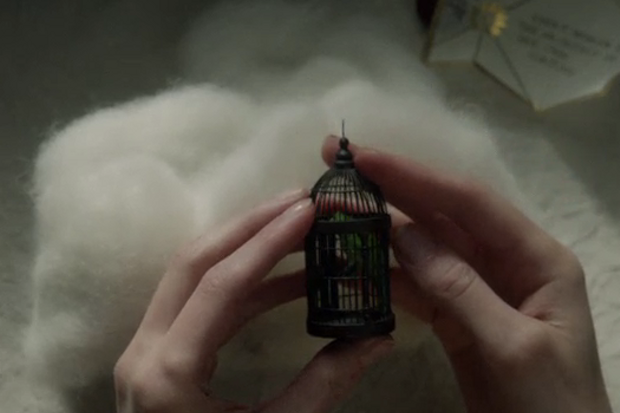
Miniature specialists Mulvany & Rogers created the miniatures for the BBC drama after researching designs from original paintings of the period but also had to copy the actual furniture and decor hired by the set decorators and props suppliers of the film set including a lute, a bird cage, Nella’s bedroom chair. Furniture maker Ann High also created a beautiful hand-carved rocking cradle which plays a large part in the story.




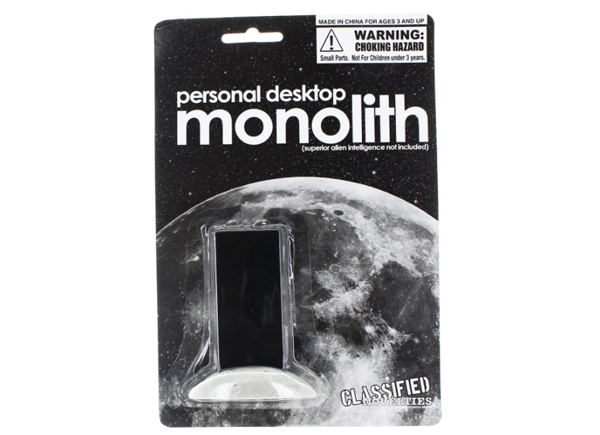
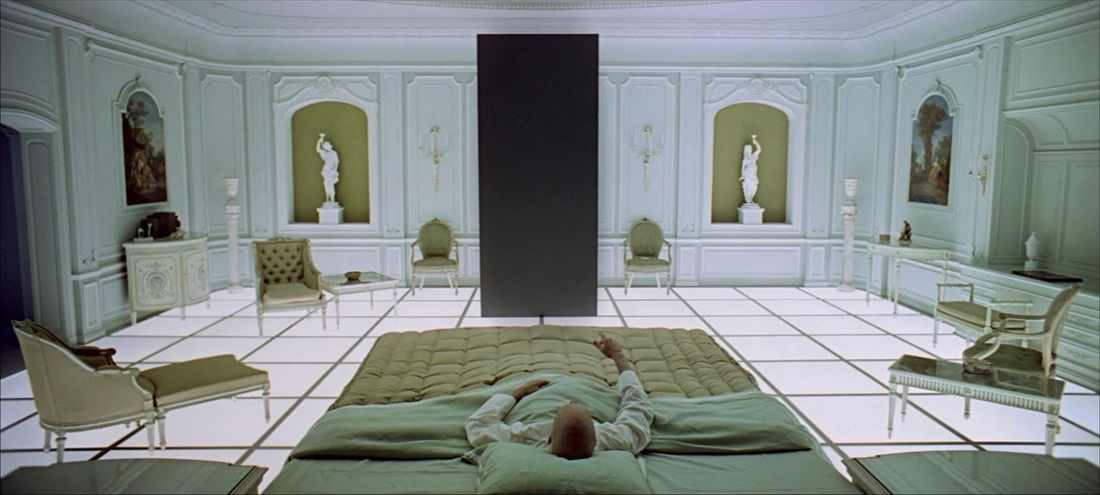
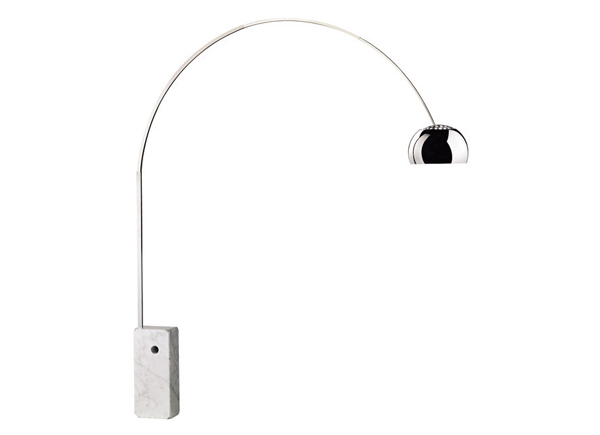
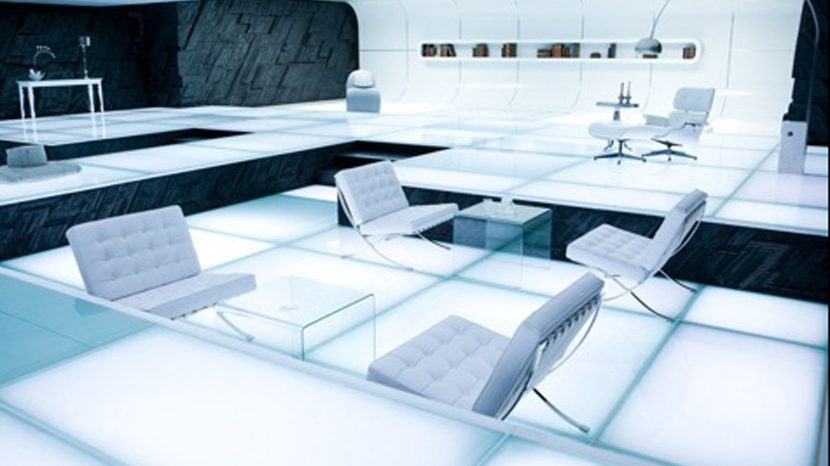

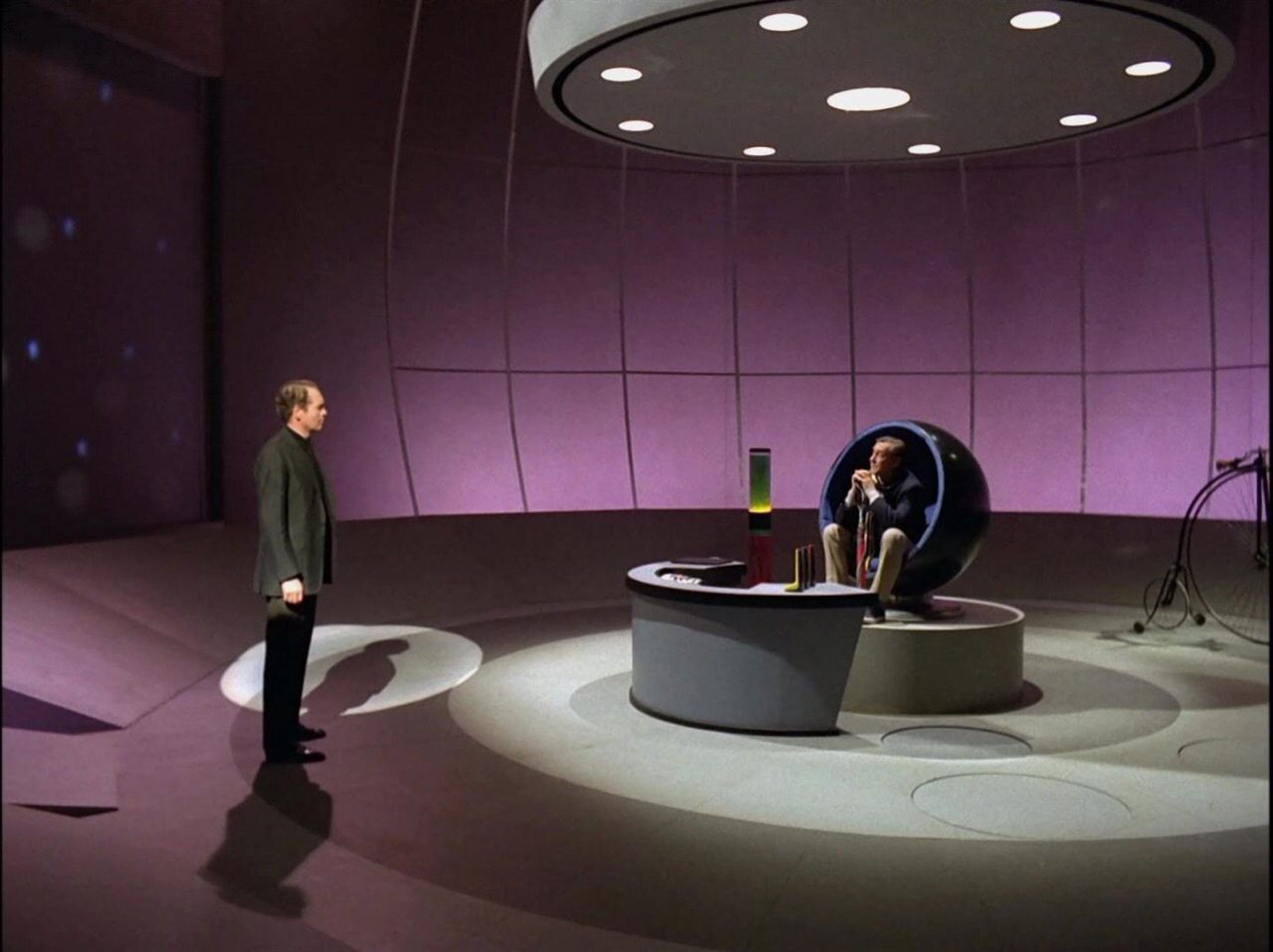
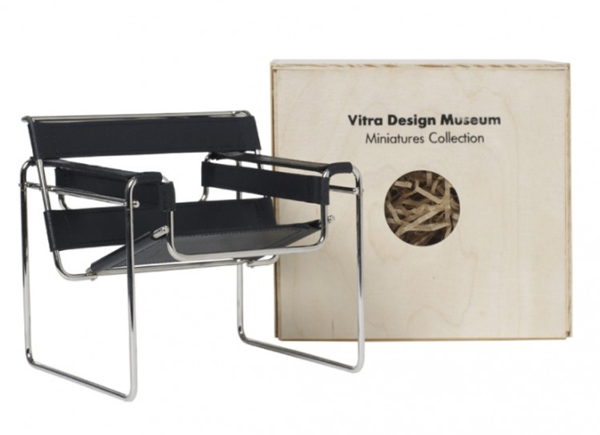


 Facebook
Facebook Twitter
Twitter Instagram
Instagram Pinterest
Pinterest RSS
RSS